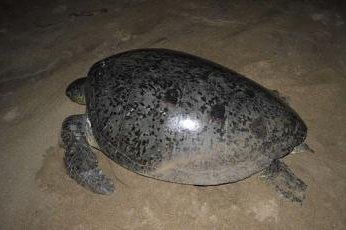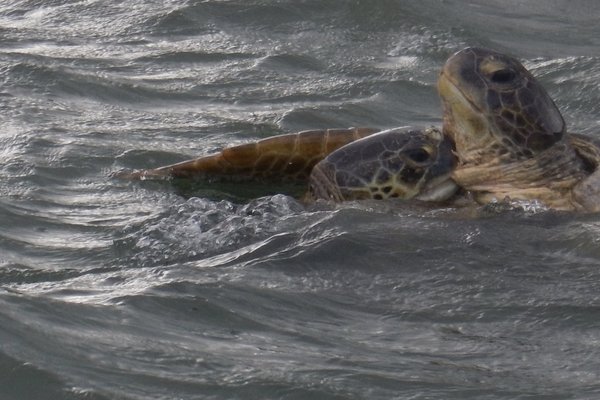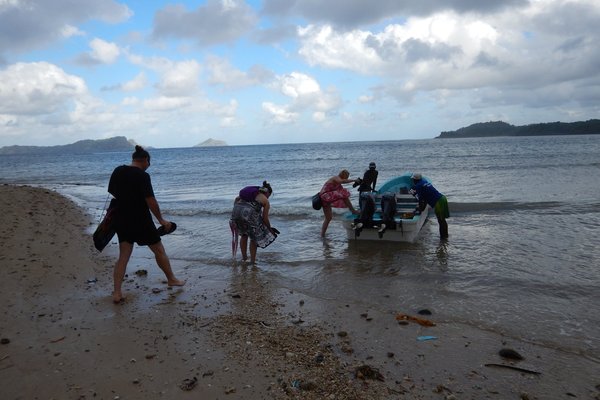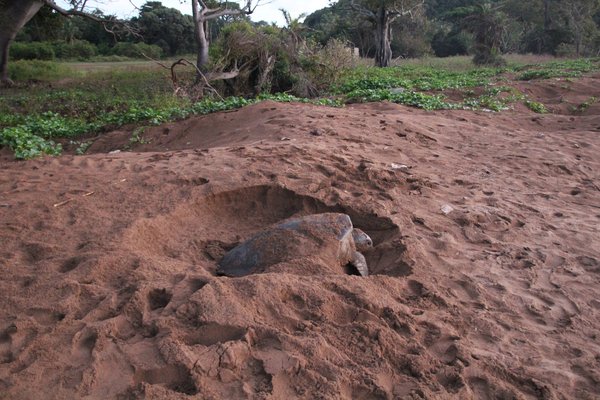Comoros
Marine Ecosystems of the Comoros
The waters around the Comoros archipelago constitute a sample of marine and coastal environments; they are especially known for the conservation of “deep” marine environments (-300 m).
The area includes beaches of coral or volcanic sand, mangroves, lagoons and coral reefs.
Site Info
Official Information
- Full Name
- Ecosystèmes Marins de l'Archipel des Comores (ID: 5107)
- Country
- Comoros
- Status
-
On tentative list 2007
Site history
History of Marine Ecosystems of the Comoros
- 2007: Added to Tentative List
- Added to tentative list
- Type
- Natural
- Criteria
Links
- UNESCO
- whc.unesco.org
All Links
UNESCO.org
- whc.unesco.org — whc.unesco.org
Community Information
- Community Category
- Natural landscape: Marine and Coastal
Travel Information
Recent Connections
News
No news.
Recent Visitors
- Marcobrey
- Bram de Bruin
- Stanislaw Warwas
- Svein Elias
- Randi Thomsen
- A. Mehmet Haksever
- Wojciech Fedoruk
Visitors of Marine Ecosystems of the Comoros
Community Reviews
Show full reviewsMichael Novins
Marine Ecosystems of the Comoros
Marine Ecosystems of the Comoros (On tentative list)

I visited Moheli in August 2016, when stayed at Laka Lodge (http://www.lakalodge.com), the most interesting place to stay in Comoros. I spent my morning snorkeling in the Moheli Marine Park, part of the Ecosystèmes Marins de l'Archipel des Comores tentative World Heritage Site, some of the richest coral reefs in the Mozambique channel and where I saw green sea turtles, octopus, anemone fish and moray eel. I went on an afternoon hike with the Laka Lodge's manager to see Livingstone's fruit bats, which are endemic to Anjouan and Moheli and, with a nearly 5 ft wingspan, are one of the largest megabats. In the evening, I visited an isolated beach around an hour from Laka Lodge to observe newborn green sea turtles scamper to the coast and enormous adults lay eggs in the very soft sand.
Keep reading 0 comments


